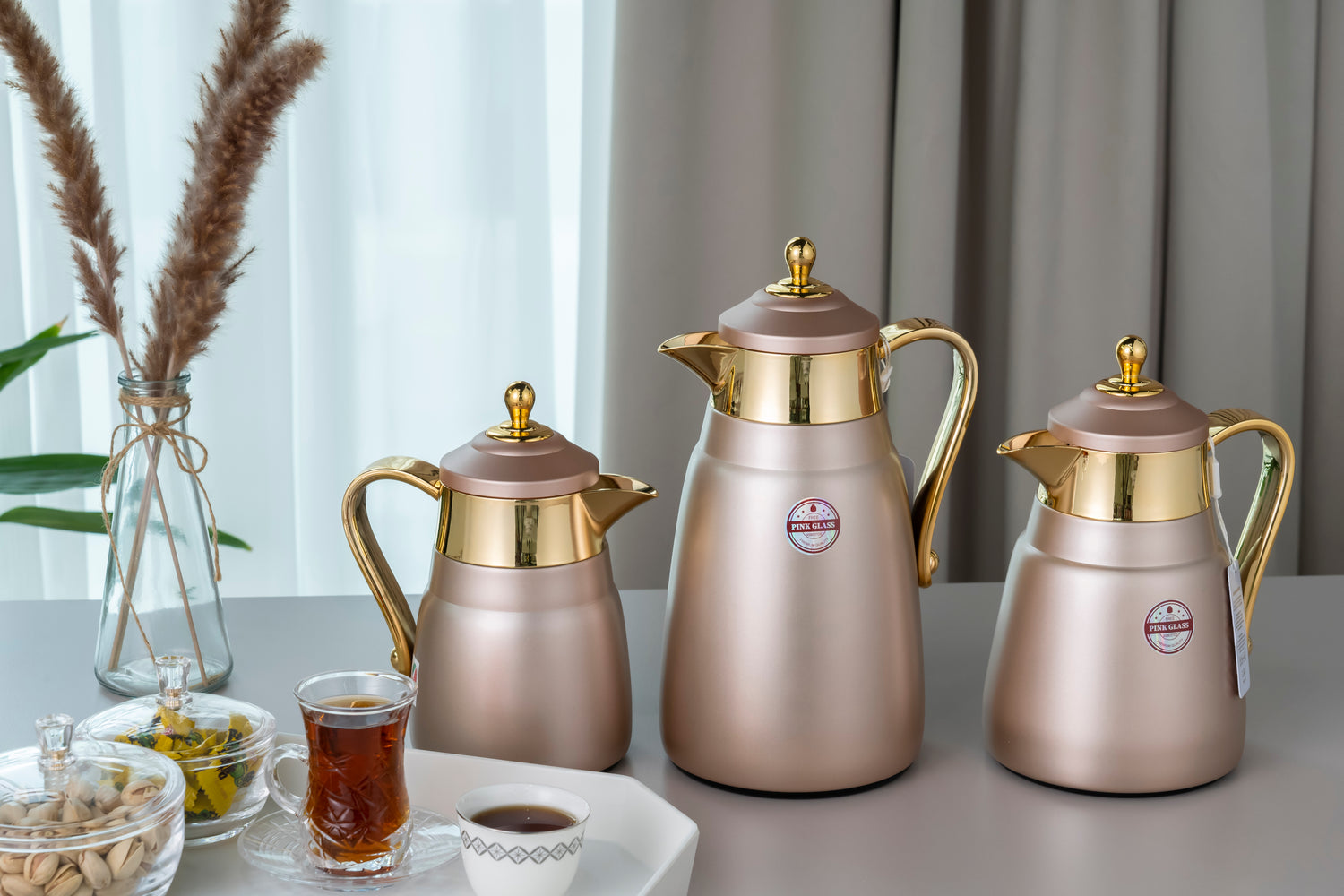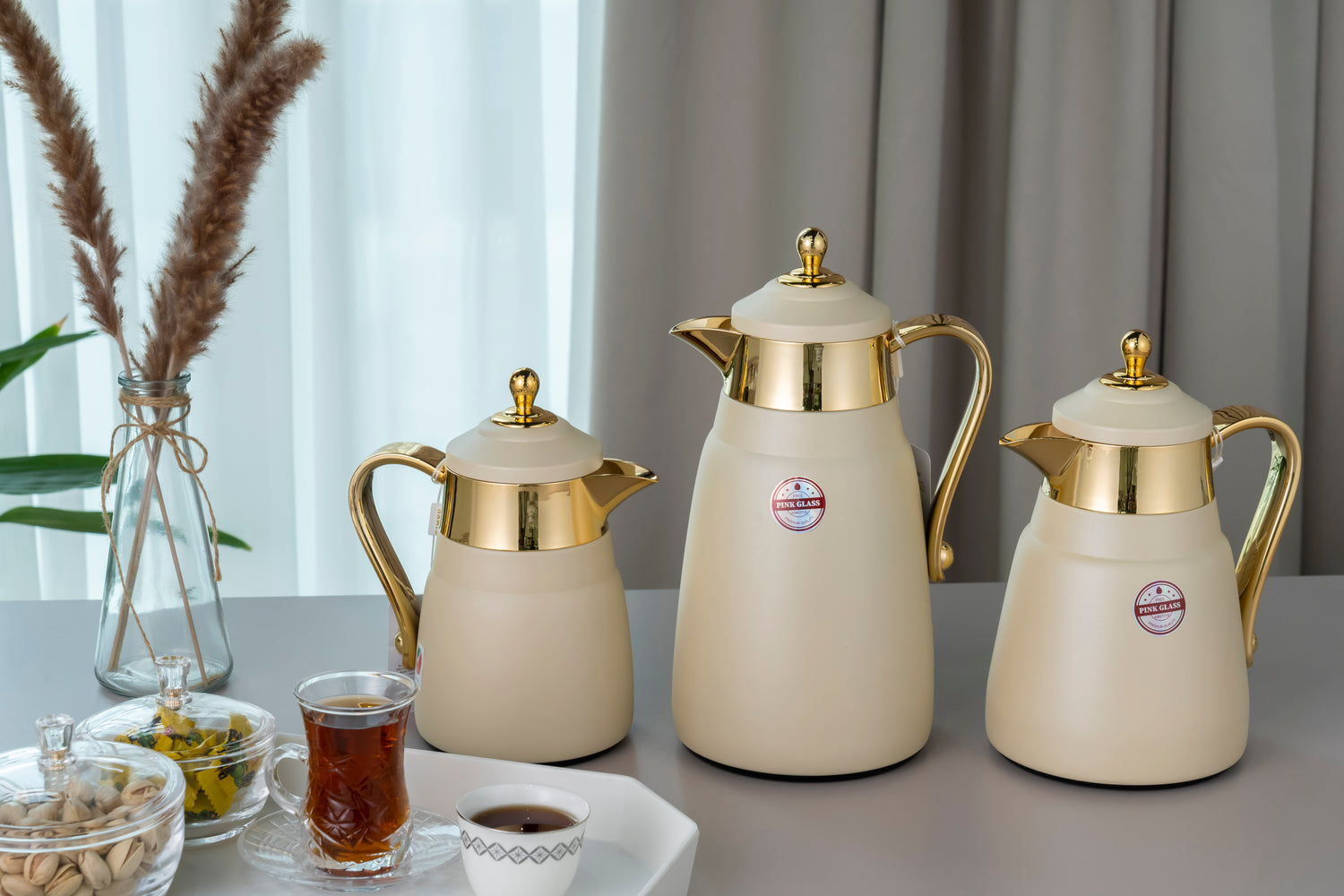he Ultimate Guide to Choosing the Perfect Frypan
A good frypan is an essential kitchen tool, whether you’re frying eggs, searing meat, or sautéing vegetables. With so many types available, selecting the perfect frypan can be overwhelming. In this guide, we’ll explore everything you need to know to make an informed decision.
Types of Frypans
-
Non-Stick Frypans
-
Ideal for low-fat cooking.
-
Easy to clean but requires gentle handling to prevent scratching.
-
Best for eggs, pancakes, and delicate foods.
-
-
Stainless Steel Frypans
-
Durable and resistant to rust and stains.
-
Requires oil for cooking to prevent sticking.
-
Great for browning, searing, and deglazing.
-
-
Cast Iron Frypans
-
Excellent heat retention and even cooking.
-
Needs seasoning to maintain a non-stick surface.
-
Perfect for high-heat cooking and oven use.
-
-
Ceramic-Coated Frypans
-
Non-toxic and free from harmful chemicals.
-
Provides non-stick benefits without synthetic coatings.
-
Works well for everyday cooking.
-
-
Copper Frypans
-
Superior heat conductivity for precise temperature control.
-
Usually lined with stainless steel to prevent reactivity with food.
-
Suitable for professional and high-precision cooking.
-
Key Factors to Consider When Buying a Frypan
-
Material: Choose based on durability, heat distribution, and cooking needs.
-
Size: Common sizes range from 8 to 14 inches; pick a size that fits your cooking style.
-
Handle Type: Look for ergonomic, heat-resistant handles for comfort and safety.
-
Induction Compatibility: Not all frypans work with induction stovetops—check for compatibility.
-
Oven Safety: If you plan to use your frypan in the oven, ensure it can withstand high temperatures.
Caring for Your Frypan
-
Non-Stick Frypans: Use wooden or silicone utensils to prevent scratches. Avoid high heat and harsh detergents.
-
Cast Iron Frypans: Regularly season with oil to maintain the non-stick layer.
-
Stainless Steel Frypans: Preheat properly and use oil to prevent sticking.
-
Ceramic-Coated Frypans: Hand wash with mild soap and avoid metal utensils.
-
Copper Frypans: Polish occasionally to maintain shine and prevent tarnishing.
Conclusion
Choosing the right frypan depends on your cooking habits, preferences, and budget. Whether you need a lightweight non-stick pan for daily use or a heavy-duty cast iron pan for searing meats, investing in the right frypan will elevate your cooking experience. Happy cooking!







